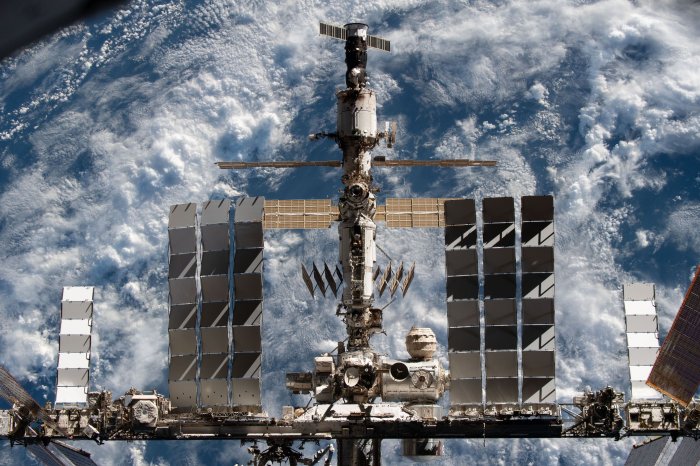1 of 5 | An illustration depicts the Mars Ascent Vehicle rocket launching Red Planet rock samples into space for an eventual return to Earth. Image courtesy of NASA
ORLANDO, Fla., Feb. 9 (UPI) -- NASA has started the early processes of constructing a $194 million small rocket that will launch from Mars, which will be the first known rocket launch from another planet.
The so-called Mars Ascent Vehicle, or MAV, has been designed to fly to Mars, receive Martian rock samples from a rover and blast back into space. It's part of a plan to return the first-ever rocks from the Red Planet to Earth laboratories in a hunt for possible ancient life.
The Perseverance rover has been drilling those samples since it landed Feb. 18 in Jezero Crater after launching from Florida in 2020. NASA plans to send the sample return mission in 2026.
The mission is a challenge because the rocket must fly to Mars with another rover, the Sample Fetch Rover, that will drive to the sample location, pick up the sealed containers and bring them back to the MAV rocket, NASA's Angela Jackman told UPI in an interview Tuesday.
"We have to be pretty small, right?" Jackman said. "And we can't be that heavy because they have to carry us and land us to the surface."
NASA announced Monday evening it awarded the contract for construction of the MAV rocket to Lockheed Martin.
NASA's design for the rocket is about 10 feet tall, 1 ½ feet in diameter and less than 1,000 pounds. By comparison, the Perseverance rover weighed about 2,260 pounds on Earth.
"It's a challenge but we have two things working in our favor -- the Martian gravity and atmosphere, which Mars has much less of than on Earth," Jackman said. "There is wind on Mars but it probably won't be a problem."
The lander for the sample return mission will fire pyrotechnics, or explosives, to flip the rocket into the air on an angle, after which its own engines will fire, Jackman said.
Test rockets on Earth known as sounding rockets are about the same size. NASA intends to test a prototype of the MAV rocket on Earth before the launch to Mars, NASA's Phillip Franklin said.
But the mission will rely mostly on simulations for final design and programming, said Franklin, a robotics engineer.
"There's a robust test program here on Earth that will help simulate those environments" just as NASA simulated Martian air when it designed the Mars helicopter Ingenuity, he said.
Northrop Grumman already has begun work on solid rocket engines for the MAV. It will have two stages.
Once the rocket reaches orbit around Mars, the MAV will release the sample container -- about the size of a basketball. The container will remain in orbit at Mars until a future mission around 2030 picks it up and flies it back to Earth.
The International Space Station is pictured from the SpaceX Crew Dragon Endeavour during a flyaround of the orbiting lab that took place following its undocking from the Harmony module’s space-facing port on November 8. Photo courtesy of NASA
















